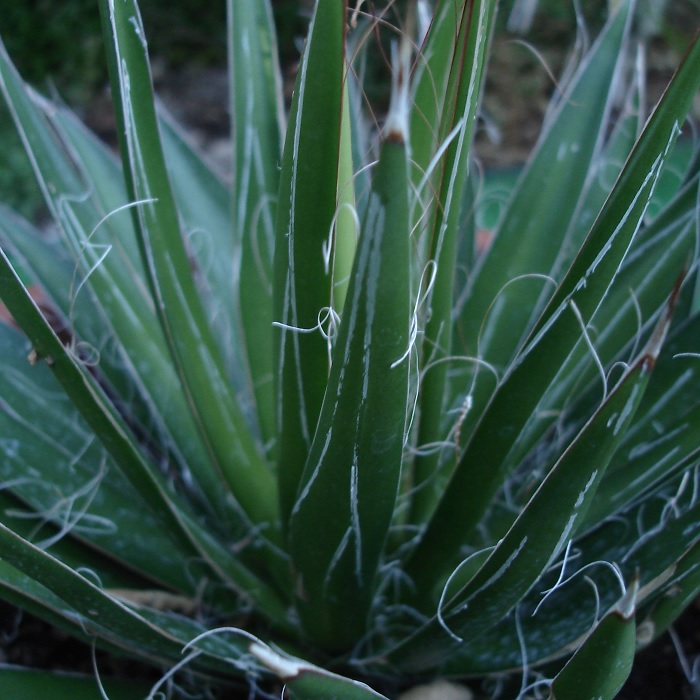UNITED STATES—In the wild, plants take water when it comes as rain. Native plants and plants that are from similar climates might be happy to get almost all of their water through winter, and almost none through summer. However, lawns and many other plants want some degree of water through summer. This is why most landscapes are irrigated.
Obviously, irrigation is unnatural. The main disadvantage is that it uses water that must be taken unnaturally from natural sources, which are often, and are presently depleted. The advantages (even during a drought) is that irrigation can be applied where needed, as needed, and when it is most appropriate.
Irrigation systems can be designed to deliver more water to plants that need it, and less water to those that are less consumptive. Watering by hose can of course be similarly tailored to the plants. The volume of water applied can be increased through warm and dry summer weather, and decreased or discontinued through winter.
Automated irrigation can be set to operate very early in the morning when no one is likely to be out in the landscape. The water gets used when the need for water in the home is minimal, so fluctuation in water pressure should not be a problem. If it operates early enough, irrigation can finish before anyone gets out to see it.
Furthermore, early morning also happens to be the best and most efficient time to apply water. Less water evaporates while the air is cooler and more humid. Therefore, more water soaks into the soil. Evapotranspiration (evaporation from foliage) is a bit subdued, so plants cycle through their own moisture a bit slower.
Many plants can just as easily be irrigated in the evening. This would allow even more time for water to soak in before the sun comes up. However, the problem for some plants and lawn is that moisture lingering on foliage all night long can promote the proliferation of all sorts of fungal diseases, including mildew.
Drip and similar irrigation is still the most efficient, simply because water is applied directly, with minimal evaporation. Broadcast irrigation from lawn sprinklers, especially fine mist, is much more susceptible to evaporation. Water evaporates as it gets sprayed through the air, and as it lingers on any wet surfaces.
Highlight: Agave filifera
For a tough perennial that is is grown for striking foliage, the small Agave filifera has a remarkably striking bloom as well. The one and a half inch long flowers are unimpressive pale green, and mixed with faded flowers. What makes them so compelling is that they are displayed on sculptural floral spikes that stand nearly six feet tall.
Unfortunately, each dense rosette of foliage is monocarpic, which means that it dies after bloom. Pups (sideshoots) sometimes develop as a main rosette deteriorates. If multiple pups develop and get crowded, they can be divided. Each rosette takes a few years to bloom, so should be around for quite a while.
The stiff evergreen leaves get about a foot or a foot and a half long, with unpleasantly sharp tips. Vigorous plants have white filaments that peel from the edges of the leaves. Like all agaves, Agave filifera, does not need much water once established. Unlike other agaves, it can tolerate a slight bit of shade.






